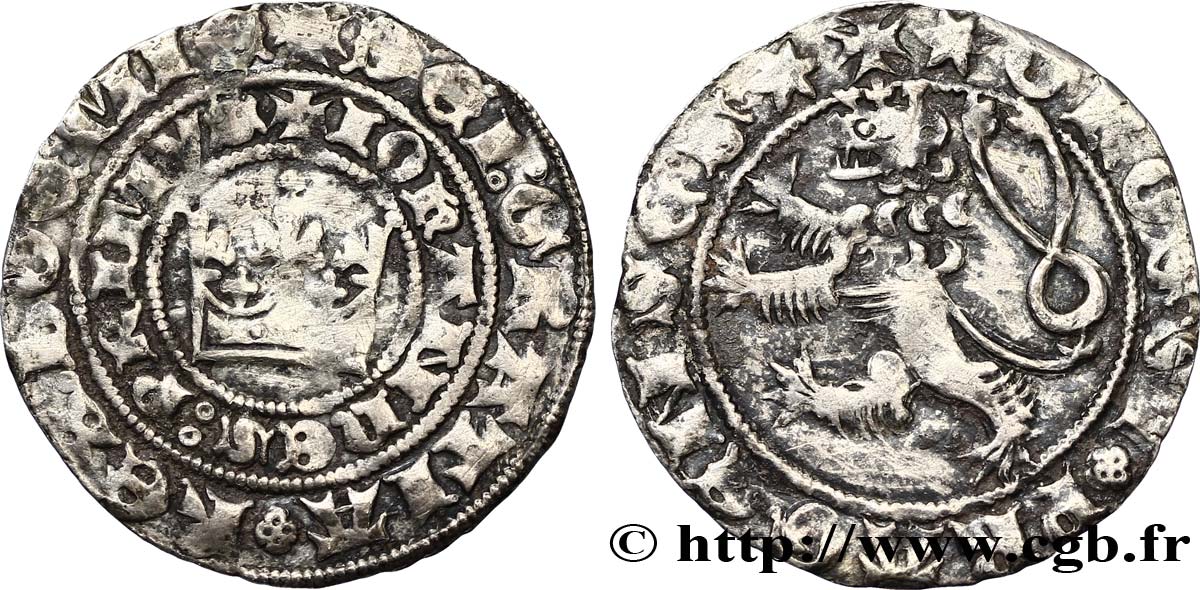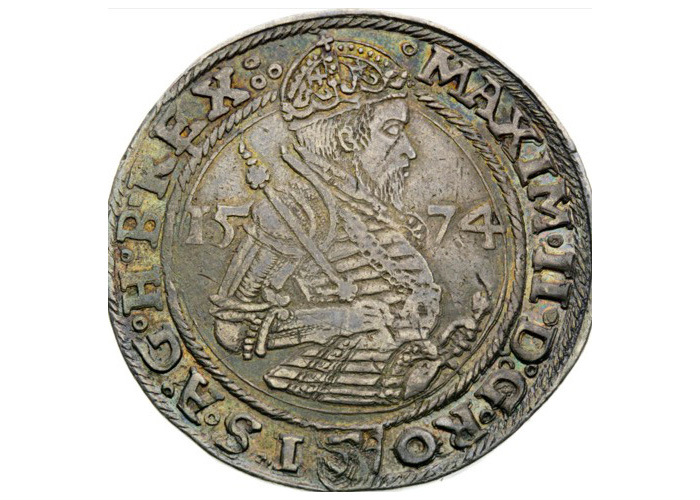Best Ideas For 3d Modeling Prague Mint Medals
How Does A High-Precision Cnc Machine Cut Out The Shape To Create A Die, Also Known As A Master Hub, To Strike Gold Coinage Or Medals?High-precision CNC (Computer Numerical Control) machines play a crucial role in the making of dies or master hubs for the creation of gold coins and medals. Here's a quick overview of CNC Programming.
A CAD software (Computer Aided Design), creates a 3D model of the design that is used for coins.
The CAM (Computer-Aided Manufacturing) software generates toolpaths as well as instructions for CNC machines based on the 3D model.
Selection of Die Material-
CNC machining of dies and master hubs is performed on tough materials such as brasses, steels, and hardened alloys. These materials can withstand the extreme pressure striking process and provide exact replication of the model.
Setup and Fixtures
The material selected is securely mounted onto the worktable of the CNC, vice or vice to ensure precise cutting. A proper fixturing technique is vital to prevent vibrations or movement during machining.
CNC Machining Process-
CNC machines employ cutting tools like ball mills and end mills that cut out the design in the master hub or die.
The CNC machine follows the preprogrammed toolpaths, precisely removing material from the blank block according to the 3D model's specifications.
Different sizes and types of cutting tools can be used to attain different depths, contours and details of the coin or medal design.
CNC machine movements are controlled by computer algorithms, which guarantee accuracy down to micrometer levels.
Finishing & Refinement
After initial machining the hub or die undergoes refining.
Finishing off the surface can be accomplished through hand-polishing, detailing or other tools that are specialized.
Quality Control and Inspection
The final die, or hub is then undergoing an extensive inspection by the use of measurement tools including micrometers, gauges and optical measuring instruments to ensure that it meets all design specifications.
Hardening (optional) and Treatment
Certain dies are heat-hardened or treated on the surface to improve durability and resistance to wear.
CNC machines are precise and ability to precisely replicate intricate designs onto dies, master hubs, or any other tools. Die sets provide the tools to make gold coins or medals consistently precisely, with fine specifics. Check out the recommended CNC Machining Czechoslovakia gold medals website advice including gold silver shops near me, krugerrand coin, gold coins and bullion, double eagle coin, gold and silver dealers near me, buy gold bullion, 20 dollar gold coin, gold krugerrand, angel coin, gold coins coin and more.

What Can Laser Technology Do? Utilized To Refine Gold Medals And Coins' Die Surface?
Laser technology is utilized to make dies or master hubs for gold medals or coins to obtain exact detail and refine the surface for greater precision. Here's how laser technology can be utilized in this process. Refinement-
Following the initial machining, laser technology is utilized to improve the surface of dies or hubs. It assists in smoothing out any imperfections and eliminate burrs.
Detail Enhancement-
Laser techniques for engraving or ablation are used to enhance or enhance the details of master hubs or dies. Lasers can be used to precisely etch and remove materials. This enables the creation of complex designs, fine lines or designs that are difficult to achieve with conventional machine.
Microstructuring-
Laser microstructuring can create microscopic features and textures on the surface die. This method can be used to create specific patterns or textures that improve the look or security of coins and medals.
Surface Hardening and Treatment
Lasers are often used to treat or strengthen the surface of a die or master hub. This procedure can enhance the endurance and wear resistance of the material.
Precision Alterations
Laser technology enables precise alterations on dies or master hubs, without affecting their overall design. It allows adjustments on the surface to remove any imperfections, discrepancies or flaws which could have an impact on the quality and value of the coins or awards minted.
Controlled Material Removal
Laser ablation can remove material with precision, particularly where fine details or adjustments are required. It is a method for material removing that is non-contact which preserves the integrity and quality of the surrounding area.
Laser technology's use in refining the surface of dies and increasing the detail of dies and master hubs provides a greater degree of accuracy, finer details and enhanced surface quality. Laser technology is utilized to enhance the appearance of dies and master hubs, increasing the quality of their surfaces. Check out the recommended laser processing Prague Mint gold coins blog advice. including gold silver bullion, one ounce gold bullion, purchase gold coins, buy gold bars, 1 10 american gold eagle, 1999 gold quarter, gold coin price today, 1 oz gold eagle, saint gaudens double eagle, gold coins coin and more.

Why And How Are Premium Gold Blanks Being Weighed And Measured Before Being Made Ready For The Minting Process?
To ensure consistency and accuracy of gold awards or coins, high-quality blanks must be carefully prepared prior to the process of minting. The preparation process involves Gold Material Select - For the production of blanks, high-purity metal is selected. Gold is often refined to meet specific purity standards required for coinage.
Gold Blanks Production-Gold is made into blanks via a method called blanking, or blank-cutting. Blanking is the process of cutting coins-sized discs or planchets from the gold material using specialized machines or stamping techniques.
Measuring and weighing precisely
Weighing - Each piece is weighed individually to ensure it is in line with the weight requirements of the coin or the medal. This ensures that each piece contains the exact amount of gold for the amount desired.
Measurements- Every blank is inspected to determine if it is in compliance with the design specifications and has a uniformity.
Inspections and Quality Control
Visual Inspection: Each blank is examined visually to detect imperfections on the surface, irregularities, or impurities that could impact the final product's quality.
Rejecting Blanks Not CompliantThe blanks that don't meet the required weight, dimensions, or quality standards are rejected to keep uniformity and consistency.
Justification for the necessity of
Consistency throughout the Minting Process: Precisely measured and weighed blanks ensure uniformity. A uniform weight and size ensures uniformity in the striking process, producing coins or medals of the same quality and value.
Accurate Gold Content: Each blank is weighed precisely to make sure that the final coin or medal contains exactly the amount of gold intended. This assures precision in terms of value and purity.
Preventing Variations Uniform blanks eliminate any variations in weight or size, which could impact the worth of the coin or medal as well as its legality or capability to be used in commerce or circulation.
Quality Assurance - Strict control measures are taken when making blanks in order to guarantee only the highest quality blanks, free of defects, go to the minting procedure, reducing any chance of defects appearing in the final products.
Legal Conformity - It is crucial that the coins used for commemorative or circulation purposes adhere to the specifications and meet legal requirements.
Making high-quality blanks that are made with accuracy and precision is a vital element of the minting process. This ensures the creation of precise gold coins and medals that are top in value and comply with the law. Take a look at the top gold blanks for Prague Mint gold medals website examples including gold coins for sell, 1 4 ounce gold coin, olympic games gold medal, buy gold coins near me, 1 oz gold coin, sd bullion gold, 100 grams gold biscuit, 1979 gold dollar, silver bars for sale near me, 2000 p gold dollar and more.

How Are Gold Blanks Put Into Coin Presses To Be Stamped Under Extreme Pressure While Minting?
When minting, gold blanks have to be loaded into coin presses and stamped at high pressure so that they can become finished coins or awards. This is a brief overview of the steps involved in loading blanks
In a feeder system connected to the press, the gold blanks have been previously prepared and quality-tested. This feeder system provides a constant quantity of blanks for the coin press.
Feeding Blanks into the Press
The feeder system is able to guide the blanks one by one into the chamber for striking of the coin press. This permits precise placement of the blanks.
Alignment and Positioning
In the press, the blanks are aligned before being placed in the chamber for striking to ensure that they are completely centered and aligned to be used for stamping.
Striking under High Pressure
The coin press has two dies: one stationary, and one that moves. The stationary dent contains the impression of the design that is negative, while the one that can move is the Hammer.
The moving die strikes the blank with a significant force, transferring the design to the surface of the blank. The pressure exerted by the dies creates the design, creating the relief that is raised as well as details on the coin or medal.
Repeated Striking (Optional)*
To produce an image or design that is clearer and more clear, several strikes may be applied on rare coins or collectible editions. Each strike refines the detail inside the blank.
Ejection and Collection-
After being struck, newly-minted coins or medals are removed from the press, and then placed in trays or containers. They are examined for quality control to make sure that the stamped designs meet the specifications and standards.
Post-Processing-
According to the specifications for mint design, coins and medals can undergo additional treatments such as edge lettering, reeding, or post-strike treatment.
The high pressure of stamping imparts the desired designs onto the blanks of gold, transforming into finished coins or medals ready for use in collections, circulation or even commemoration. It is essential to be precise, since even the slightest deviation in the pressurization or alignment of the gold-plated blanks may result in a negative impact on the appearance and quality of the final product. Have a look at the most popular minting Czechoslovakia gold medals more advice. including 1 oz gold buffalo coin, gold bullion gold, gold price coin today, gold bullion bars, 1972 gold dollar, gold 1 dollar coin, 2000 gold dollar, gold 1 dollar coin, american eagle gold coin, 1975 gold penny and more.
